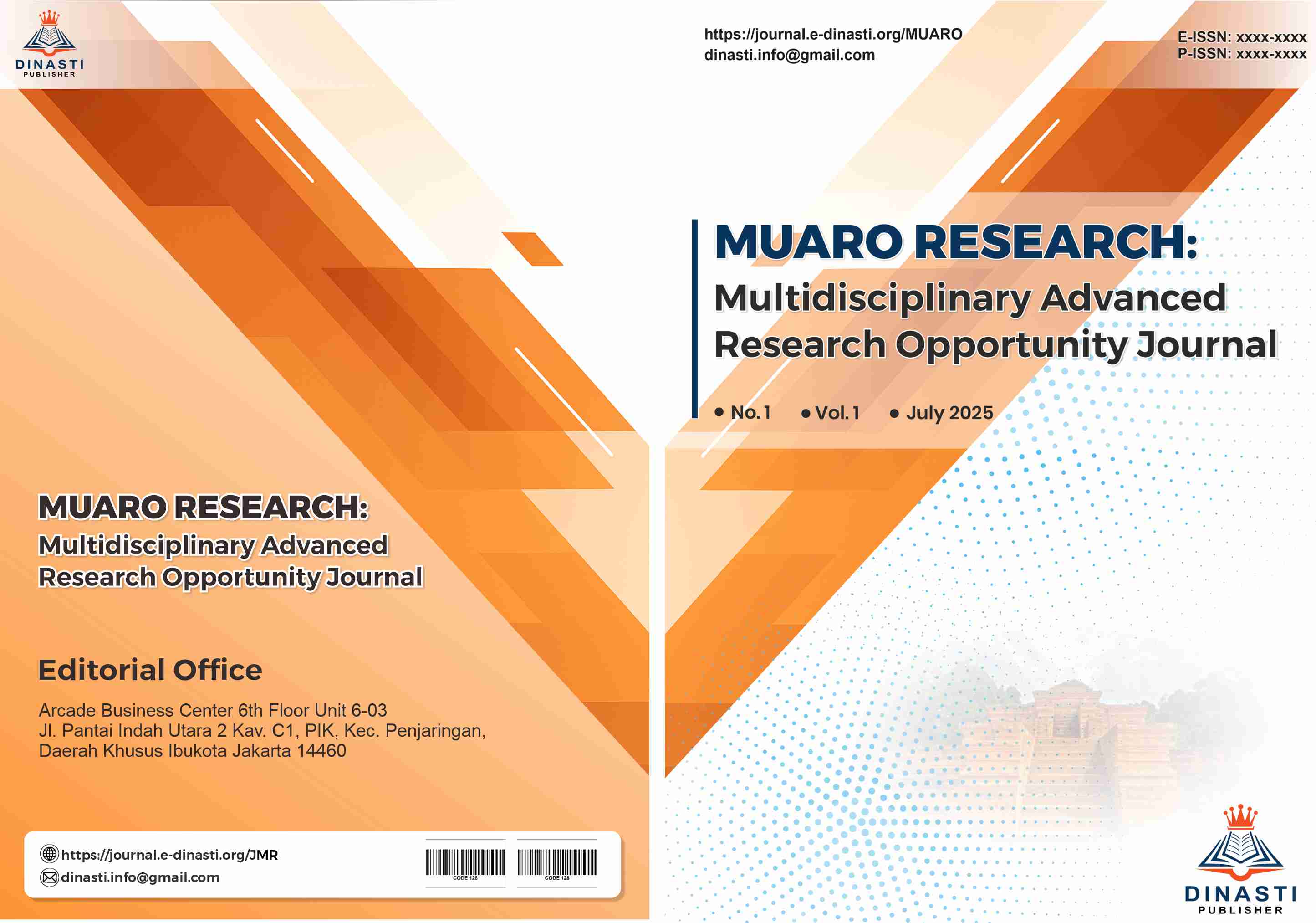Criminal Responsibility for Perpetrators of Dating Violence
Keywords:
Dating Violence, Criminal Responsibility, Legal Protection, Criminal Law, Victims of ViolenceAbstract
Dating violence is a form of violence that occurs in non-marital romantic relationships, which often escapes the attention of the law and society. This act of violence can be physical, psychological, sexual, or economic violence committed by a partner against their partner. Even though it is not in a marriage, dating violence still has serious impacts on the victim, both physically and mentally. This article aims to examine how criminal responsibility is imposed on perpetrators of dating violence based on the Indonesian criminal law system. In addition, this article also explores the obstacles to law enforcement against acts of dating violence and the importance of legal protection for victims. Through a normative approach with an analysis of laws and regulations, jurisprudence, and doctrine, this article seeks to provide a comprehensive understanding of the urgency of recognizing dating violence as a serious crime and the need for comprehensive legal protection for victims.
References
Amnesty International. (2022). Indonesia: Sexual violence and impunity. Retrieved from https://www.amnesty.org
Kholisoh, N., & Ali, H. (2020). Shaping Radical Attitudes: Mass Media and Government Policies Analysis (Case Study in High School Students of West Jakarta). Talent Development & Excellence.
Mansur, S., & Ali, H. (2017). Impact of customer engagement to reputation of the Bri Syariah Indonesia. International Journal of Economic Research, 14(19), 425-431.
Agussalim, M., & Ali, H. (2017). Model Kepuasan Pelanggan: Analisis Kualitas Produk Dan Kualitas Layanan Terhadap Citra Merek Pada Giant Citra Raya Jakarta. Jurnal Manajemen, 21(3), 317-335.
Badan Pusat Statistik (BPS). (2021). Survei Pengalaman Hidup Perempuan Nasional. Jakarta: BPS.
Cammack, M. (2010). Indonesia’s Legal System and the Fight Against Domestic Violence. Indonesia Law Review, 2(1), 45–62.
Widodo, D. S., Silitonga, P. E. S., & Ali, H. (2017). Analysis of Organizational Performance: Predictors of Transformational Leadership Style, Services Leadership Style and Organizational Learning (Studies in Jakarta Government). International Journal of Economic Research, 14(2), 167-182.
Prayetno, S., & Ali, H. (2020). Entrepreneurial supply chain management competence: Predictors of work motivation advocate. International Journal of Supply Chain Management, 9(3), 444-454.
Dinas Pemberdayaan Perempuan dan Perlindungan Anak. (2023). Laporan Tahunan Kekerasan terhadap Perempuan dan Anak. Jakarta: Kementerian PPPA.
Komnas Perempuan. (2024). Catatan Tahunan (CATAHU) 2024: Kekerasan terhadap Perempuan. Jakarta: Komnas Perempuan.
Lestari, P. & Sari, D. (2020). Dating Violence in College Relationships: A Case Study in Yogyakarta. Jurnal Psikologi Sosial, 18(2), 123–135.
Maulana, H. (2022). Tindak Pidana Kekerasan dalam Hubungan Romantis: Analisis UU TPKS. Jurnal Hukum dan Masyarakat, 5(1), 67–83.
Ministry of Women Empowerment and Child Protection (KPPPA). (2021). Policy Brief: Strengthening Legal Protections for Victims of Dating Violence.
Nurhayati, S. (2019). Analisis Hukum terhadap Kekerasan Psikis dalam Hubungan Pacaran. Jurnal Ilmu Hukum Universitas Lampung, 12(1), 77–90.
Permana, D. (2021). Pengaruh Budaya Patriarki terhadap Tingginya Kekerasan dalam Pacaran di Indonesia. Jurnal Gender dan Hukum, 3(2), 45–59.
Republik Indonesia. (2022). Undang-Undang Nomor 12 Tahun 2022 tentang Tindak Pidana Kekerasan Seksual (UU TPKS). Lembaran Negara Republik Indonesia.
Republik Indonesia. (2004). Undang-Undang Nomor 23 Tahun 2004 tentang Penghapusan Kekerasan dalam Rumah Tangga (UU PKDRT). Lembaran Negara Republik Indonesia.
Supriyadi, T. (2023). Perlindungan Hukum bagi Korban Kekerasan dalam Hubungan Non-Perkawinan. Jurnal Hukum Progresif, 8(3), 112–125.
United Nations Women. (2021). Measuring the Shadow Pandemic: Violence against Women during COVID-19. Retrieved from https://www.unwomen.org
World Health Organization. (2021). Violence Against Women Prevalence Estimates, 2018. Geneva: WHO.
Downloads
Published
Issue
Section
License
Copyright (c) 2025 Wahyu Kurniadi (Author)

This work is licensed under a Creative Commons Attribution 4.0 International License.
Copyright :
Authors who publish their manuscripts in this journal agree to the following conditions:
- Copyright in each article belongs to the author.
- The author acknowledges that the JMR has the right to be the first to publish under a Creative Commons Attribution 4.0 International license (Attribution 4.0 International CC BY 4.0).
- Authors can submit articles separately, arrange the non-exclusive distribution of manuscripts that have been published in this journal to other versions (for example, sent to the author's institutional repository, publication in a book, etc.), by acknowledging that the manuscript has been published for the first time at JMR.









